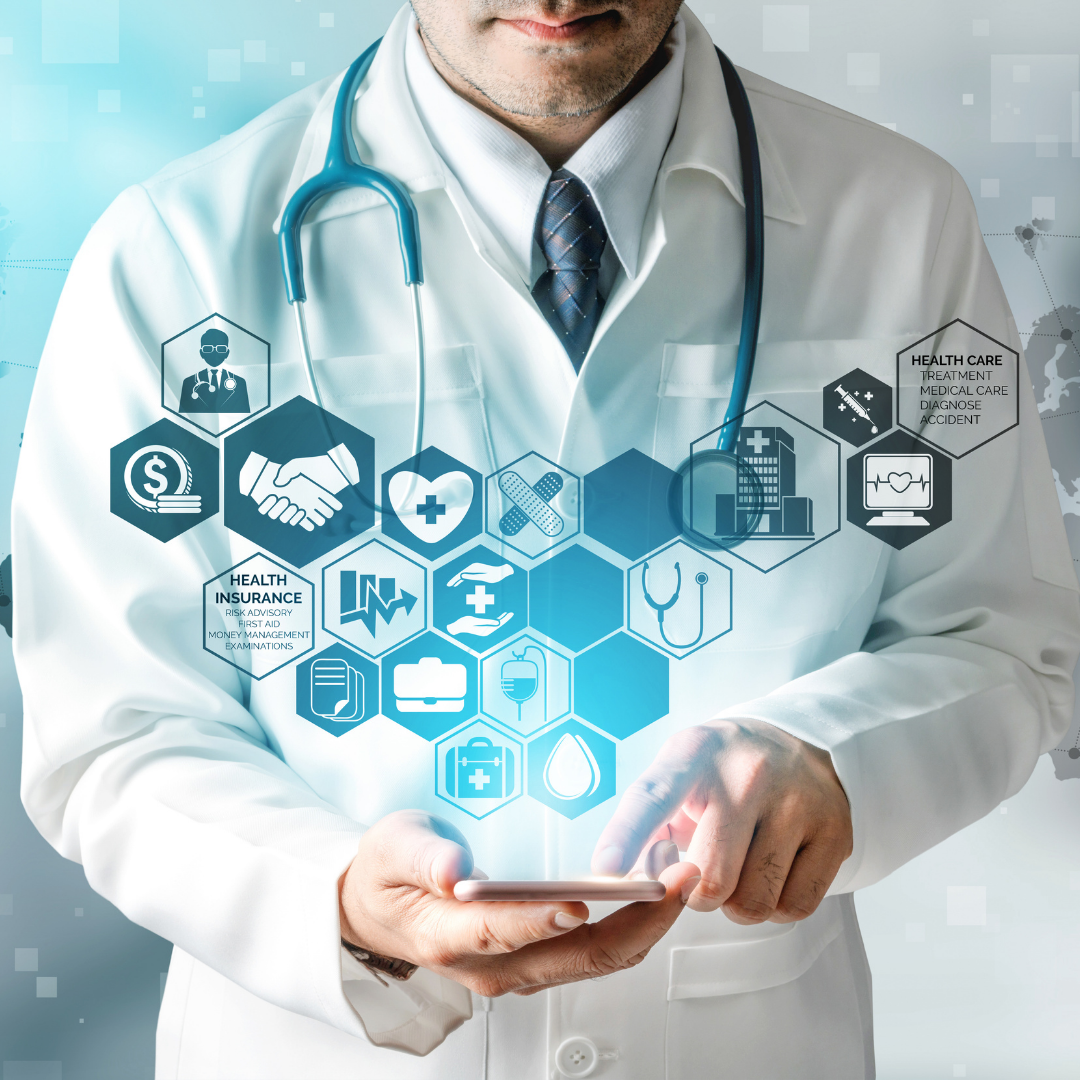Technology is usually seen as the key to improving our lives, and it never fails us. Technology is always evolving, and the latest advancements can make a lot of things better. For example, in the healthcare industry, the use of technology to improve patients’ quality of life has become a top priority. With the adoption of various health technology, healthcare systems have become available to the public, and it has helped improve their quality of life. Now, old people can even hire in-home health care services (visit their site to learn more) to ensure they get best of the facilities at home. In addition, the companies providing such services can employ new techs such as NDIS software to manage patients’ fitness, medicine schedules, and health reports, which can enhance the medical facilities. So, let’s get to learn more about such healthcare technology trends.
Amazing Technology Trends on Healthcare
Healthcare is an exciting, dynamic, and diverse industry. It is also packed full of opportunities and new advances that are vital to improving our nation’s health. It is a field where technology plays an important role. The same goes for the operation of hospitals, which is often based on IT. Health care professionals rely on a number of software tools to help them perform their duties.
Here are the five healthcare technology trends:
- Genomics and personalized medicine
The ability to personalize medical care through genomics and other emerging technologies is one of the most exciting healthcare technology trends to emerge in recent years. While the efficacy of personal genomic testing has not yet been proven, the application of genomics in the healthcare field has been proven. In fact, the genomics revolution has already transformed healthcare in many respects, such as predicting drug response, increasing the accuracy of treatment, reducing drug side effects, and improving patient outcomes.
We’re still in the early days of DNA testing and genetic research, but we’re starting to understand how the body responds to certain foods and how to prevent certain diseases. Now, through things like machine learning and artificial intelligence, the techniques we’ve developed can be combined with this genetic knowledge to help provide a more personalized experience for patients.
- Digital Twins and Simulations
The digital twins and simulations are not new technologies, but the digital twins’ trend is a recent trend because the medical industry still has a long way to go in integrating patient data and the ability to use it to drive digital health intelligence, predictive analytics, and better patient care.
Digital health is everywhere in an era where technology and medicine have merged. From smartphones to tablets, the options are endless. You can read your medical records, listen to your heart, track your fitness, and even take your vital signs. New health-related technologies may soon turn our bodies into digital simulations which can be monitored remotely.
- Medical Data with artificial intelligence and Machine Learning
What does your medical data look like? Well, for starters, it’s an assortment of information points such as your weight, blood pressure, cholesterol, heart rate, and body mass index, all of which are used to calculate your risk of heart disease. These and other data points are often tangled together to create a complete picture of your health, but what if you could see them in a whole new light? One of the solutions could be using blockchain applications for data management in the healthcare sector (learn more through blockchain use cases and similar blogs). Such an application could preserve and exchange patient data available in hospitals, diagnostic laboratories, pharmacies, doctors, and nurses as well as accurately identify severe mistakes and can improve the performance, security, and transparency of sharing medical data. Researchers are still working on ways to use machine learning and artificial intelligence more effectively to help make sense of medical data. These efforts have led to the development of technologies like online rostering software that can be of great help to the disability service providers with rostering, billing, invoicing, and claim requests to the NDIS.
- Extended reality for clinical treatment and training
We’ve seen the revolution of virtual reality in the gaming space, and it’s no surprise that big tech companies are looking at the opportunity in healthcare. Google Glass and other augmented reality devices have the potential to revolutionize the way we treat patients. These tools could help clinicians treat patients more efficiently and accurately, making it much easier for hospitals to reduce costs. However, there are a few challenges that make the prospect of widespread adoption in clinical training and treatment a tough sell.
- Remote health service and telemedicine
One of the emerging trends in the healthcare industry is to give patients care not in person but over the internet. Remote health service providers are now offering telemedicine services in addition to general healthcare services. These services are vital in cases when a patient cannot travel to a hospital or clinic to provide their regular services. Telemedicine services are also for situations when doctors need to consult a patient who cannot be reached in person. In addition to such services, mobile integrated healthcare (MIH) facility seems to be popular among patients for short-term treatment for low-acuity illness. In MIH, a community of paramedics generally works under the guidance of physicians and nurse practitioners. Paramedics tend to play an active role in reducing hospital readmissions, improving emergency services’ response time, and increasing coordination between healthcare centers.
There’s a lot of buzz around healthcare technology, but what the future holds is much less certain. Here’s the secret: most of the uses are unproven, and the benefits are not yet clear. But the industry will continue to grow and evolve rapidly if health care consumers adopt it. Let’s see where it goes from here.



